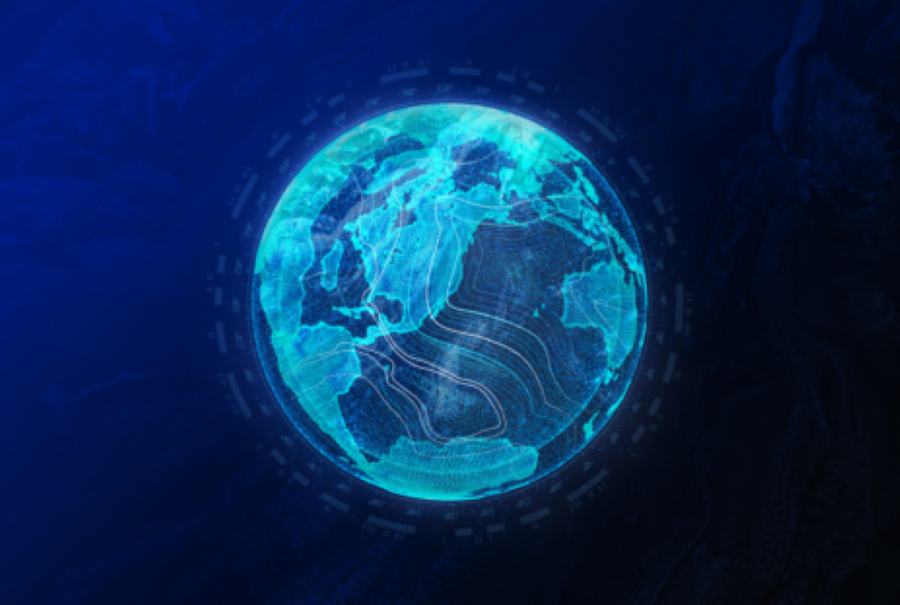Digital Supercluster supports first Earth X-ray mineral discovery platform


Canada’s Digital Technology Supercluster has launched the world’s first Earth X-ray for low-impact mineral exploration. The discovery platform will help precisely target mineralization below surface for discovery.
Led by muon tomography pioneer Ideon Technologies and in partnership with Simon Fraser University (SFU), Dias Geophysical, Microsoft, Fireweed Zinc (TSXV: FWZ; OTC: FWEDF), and Mitacs, the Earth X-ray for low-impact mining project will enable exploration companies to identify density and magnetic anomalies with greater resolution and certainty up to 1 km beneath the Earth’s surface, much like X-rays and MRIs give us visibility inside the human body. The project also benefits from the direct involvement and support of BHP Group (NYSE: BHP), the largest mining company in the world.
Partners from the minerals sector will apply their expertise in exploration, geology and geophysics to guide product design and trials, economic analysis, and commercialization strategy.
The X-ray platform will feature state-of-the-art hardware and software, novel data inversion and integration techniques, advanced artificial intelligence (AI) algorithms, and geostatistical models. They will be used to build detailed 3-D profiles of subsurface anomalies, such as mineral deposits, caves and other structures. Being able to pinpoint drill targets will save money and uncertainty during exploration and allow the in situ recovery of certain minerals with only small footprints.
Canadian mining junior Fireweed Zinc is part of the consortium as a co-development partner. The company will test, validate, and deploy the platform components as they are developed. “This project has the potential to accelerate the transformation of modern mineral and metal exploration, leading to definition of new mineral resources and economic growth in Canada and internationally,” said Brandon Macdonald, Fireweed Zinc CEO.
BHP has committed to collaborating on the discovery platform as it is developed. Chief technical officer Laura Tyler said, “Technology will help us unlock the next generation of resources the world needs to support economic growth and decarbonisation. Through partnerships with technology innovators and others in the resources industry, we can help bring innovative technologies to market that will improve the precision, depth, and sustainability of exploration in Canada and globally.”
The Earth X-ray project has a total budget of $13.5 million, with about 60% coming from industry and 40% from the Supercluster’s Digital Twins program. Mitacs, a national training researcher, is adding $345,000 to support a team of post-doctoral researchers at SFU.
The Digital Technology Supercluster is located in Vancouver. Learn more at www.DigitalSupercluster.ca.
Comments